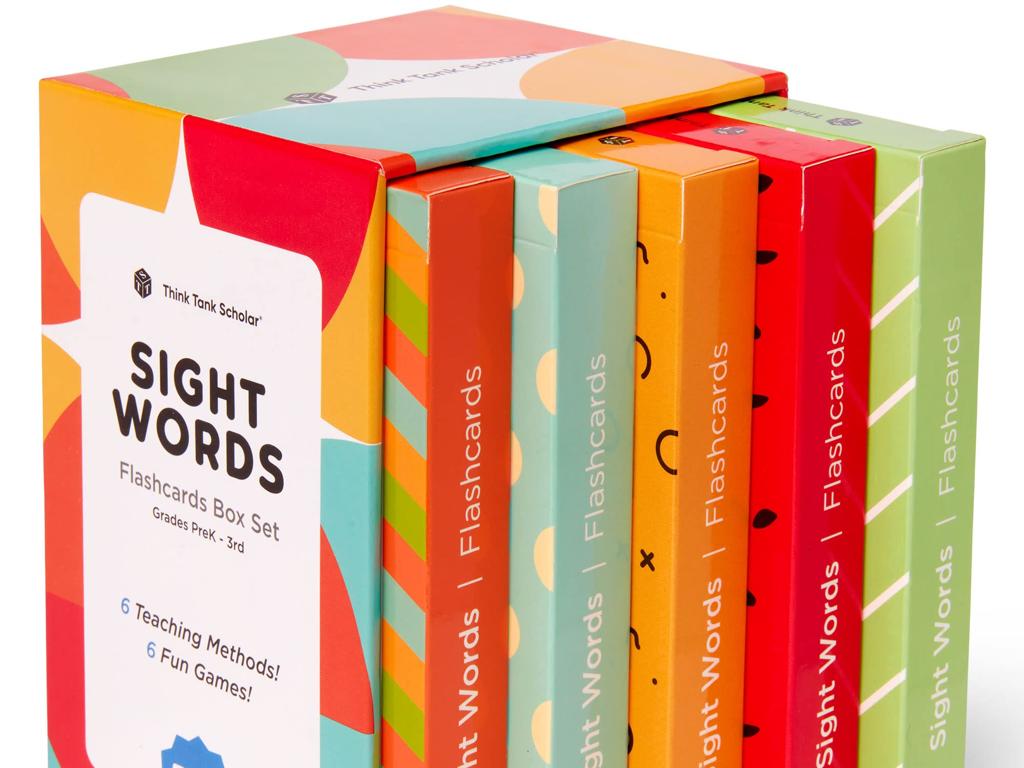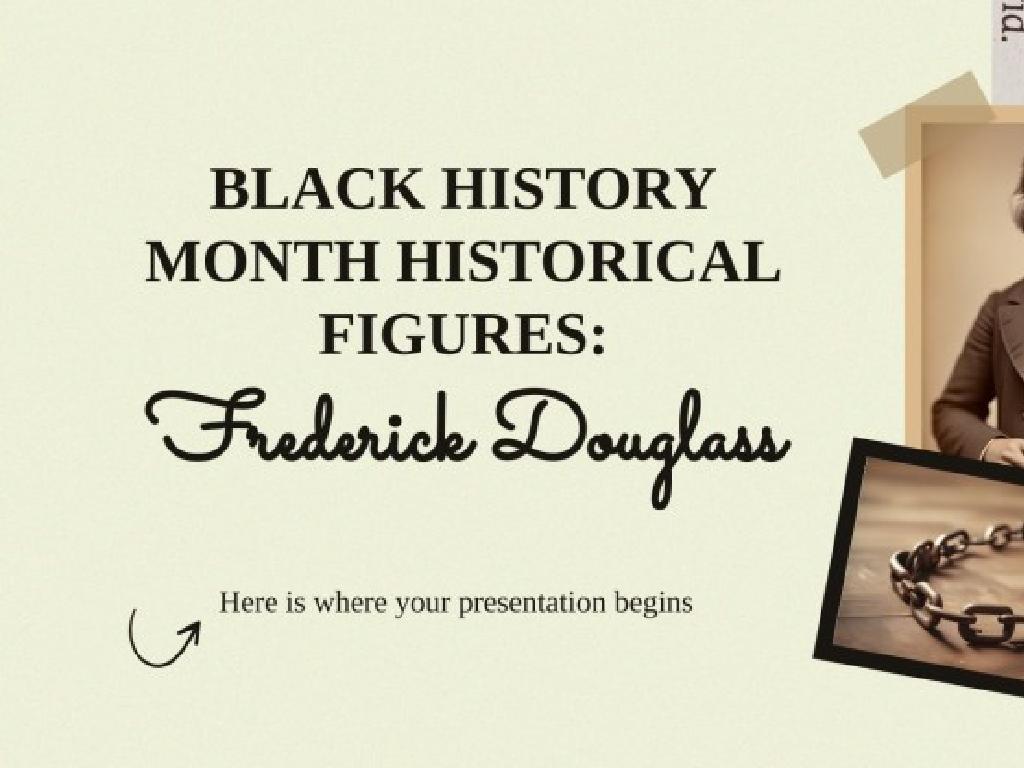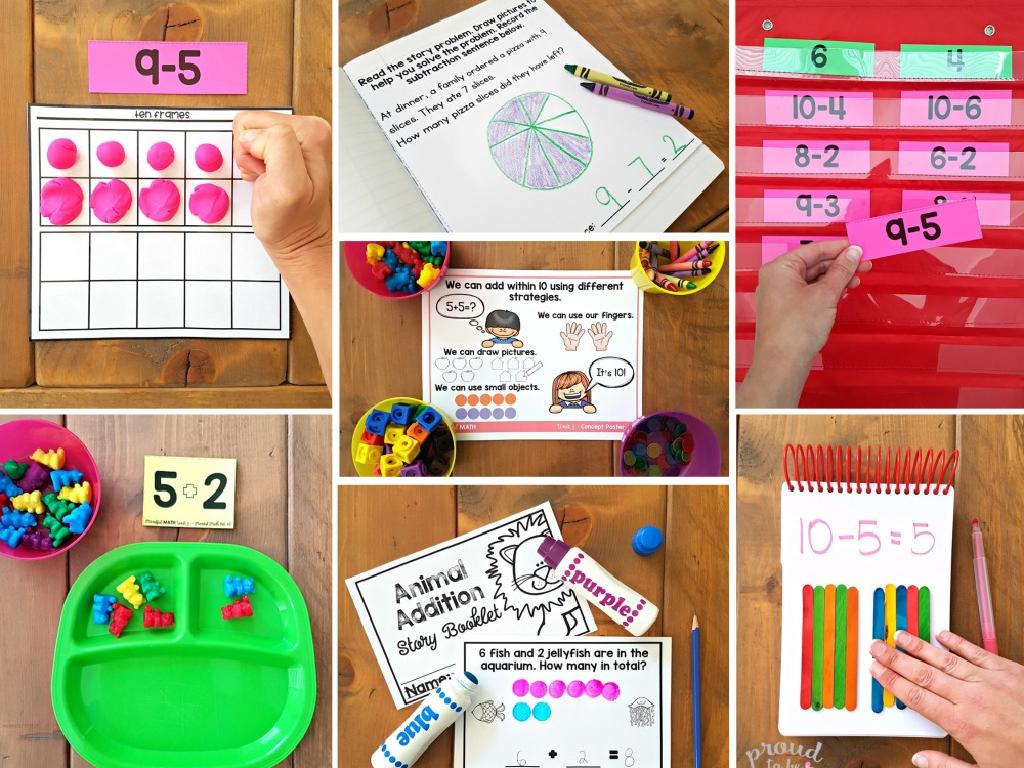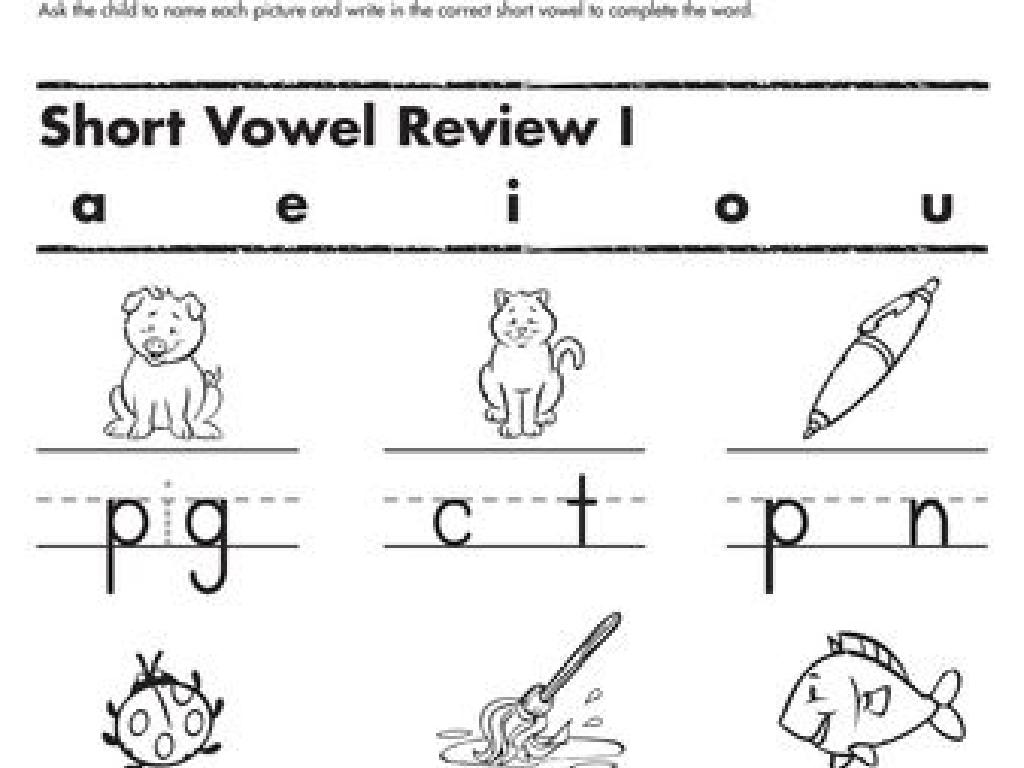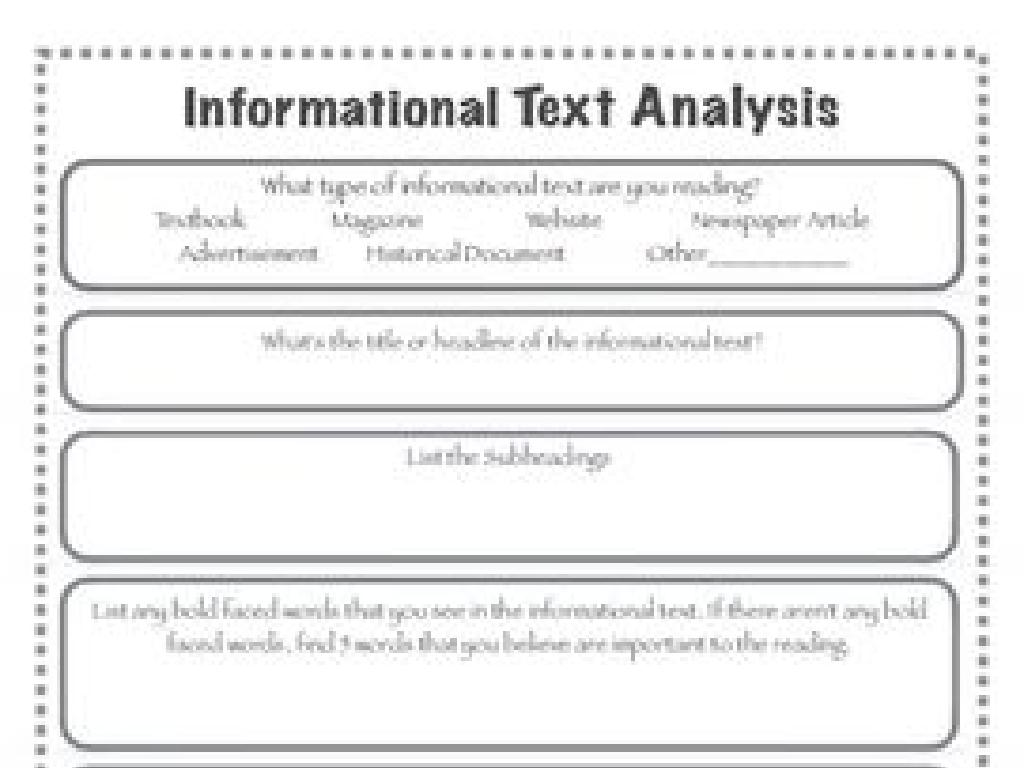Use Adjectives To Compare
Subject: Language arts
Grade: Third grade
Topic: Adjectives And Adverbs
Please LOG IN to download the presentation. Access is available to registered users only.
View More Content
Introduction to Adjectives
– What are adjectives?
– Words that describe nouns, like ‘colorful’ or ‘loud’.
– Adjectives add detail to sentences
– They help us tell more about objects, people, and places.
– Examples: big, small, soft, hard
– ‘Big elephant’, ‘small mouse’, ‘soft pillow’, ‘hard rock’.
– Practice using adjectives
– We’ll describe things around us using adjectives.
|
Begin the lesson by explaining that adjectives are words used to describe or modify nouns and pronouns. They give us more information about the size, shape, age, color, and more of a noun. Provide clear examples of adjectives and encourage students to think of their own. Use common objects in the classroom to demonstrate how adjectives can change the meaning of a sentence and make it more descriptive. For instance, compare ‘a dog’ with ‘a big, brown dog’. Plan a simple activity where students look around the classroom and pick objects to describe with adjectives.
Comparative Adjectives
– Compare two things with adjectives
– Like ‘The cat is fluffier than the mouse.’
– Look for words ending in ‘-er’
– ‘Taller’, ‘shorter’, ‘faster’, ‘slower’ are some.
– Examples: ‘bigger’, ‘smaller’
– ‘A bigger cake’, ‘a smaller box’
– Practice: ‘softer’ vs. ‘harder’
– Which is softer, a pillow or a rock?
|
This slide introduces comparative adjectives to the students, explaining that they are used to compare two different things. Emphasize that these adjectives often end in ‘-er’ and give common examples. Encourage the students to think of items they can compare using these adjectives. For instance, comparing the size of two animals or the speed of different modes of transportation. Provide additional examples and ask the students to come up with their own comparisons. This will help them understand the concept and how to use comparative adjectives in sentences.
Comparing with Adjectives: ‘More’ and ‘Less’
– Use ‘more’ with complex words
– For longer adjectives, like ‘beautiful’, say ‘more beautiful’ instead of ‘beautifuller’.
– Use ‘less’ to show decrease
– To describe a decrease, like ‘fun’, say ‘less fun’ instead of ‘funless’.
– ‘Interesting’ becomes ‘more interesting’
– ‘Boring’ turns into ‘less boring’
|
When teaching adjectives for comparison, it’s important to explain the use of ‘more’ and ‘less’. These words are used with longer adjectives that don’t easily take on ‘-er’ or ‘-est’ for their comparative and superlative forms. For example, we say ‘more interesting’ rather than ‘interestinger’, and ‘less boring’ instead of ‘boringer’. The rule of thumb is that if an adjective has two or more syllables, it is likely to require ‘more’ or ‘less’ to form its comparative. Encourage students to practice by identifying adjectives in sentences and forming their comparative versions using ‘more’ or ‘less’. Provide plenty of examples and create exercises where students can apply this rule.
Irregular Comparative Adjectives
– Some adjectives are special
– ‘Good’ changes to ‘better’
– Instead of ‘gooder’, we say ‘better’
– ‘Bad’ changes to ‘worse’
– Instead of ‘badder’, we say ‘worse’
– Remember these unique forms!
|
This slide introduces students to irregular comparative adjectives, which do not follow the regular pattern of adding ‘-er’ to the end of the adjective. Highlight the importance of memorizing these unique forms as they are commonly used in everyday language. Provide additional examples if time permits, such as ‘far’ becoming ‘further’ and ‘little’ becoming ‘less’. Encourage students to come up with sentences using these irregular forms to reinforce their understanding. Prepare a list of irregular adjectives for the students to take home and study.
Comparing with ‘Than’
– ‘Than’ shows comparison
– Example: ‘The cat is softer than the dog.’
– Use ‘than’ to compare two things
– Practice sentence creation
– Think of two things to compare and use ‘than’
– Share your sentences
– We’ll discuss your sentences in class!
|
This slide introduces the use of the word ‘than’ for making comparisons between two different things. Start by explaining that ‘than’ is used when we talk about the differences between the qualities of two things. Provide clear examples, like comparing the softness of a cat to a dog. Encourage the students to create their own sentences using ‘than’ to compare objects or people they are familiar with. This activity will help them understand how to use comparative adjectives in sentences. In the next class, ask the students to share their sentences and discuss why they chose those particular comparisons. This will reinforce their understanding and give them practice in using ‘than’ correctly.
Let’s Practice Comparatives!
– Observe two objects carefully
– Create a comparative sentence
– Compare objects using adjectives like ‘bigger’ or ‘more colorful’
– Use ‘-er’ or ‘more/less’ properly
– If one syllable, often add ‘-er’; more syllables, use ‘more/less’
– Share with the class
|
This slide is for a class activity to practice using comparative adjectives. Show the students two distinct objects and ask them to observe the differences. Guide them to form sentences comparing the objects, using ‘-er’ for short adjectives (e.g., ‘taller’) and ‘more/less’ for longer adjectives (e.g., ‘more interesting’). Encourage them to think creatively and come up with unique comparisons. After they create their sentences, have them share with the class to practice speaking and to learn from each other’s observations. Possible activity variations: pair students to discuss, use pictures instead of physical objects, or have a competition for the most creative comparative sentences.
Class Activity: Comparative Hunt
– Find objects to compare in class
– Write comparative sentences
– Use adjectives like ‘taller’, ‘shorter’, ‘bigger’, ‘smaller’
– Share with the class
– Discuss our comparisons
|
This interactive class activity is designed to help students understand and use comparative adjectives in a fun and engaging way. Students will look around the classroom to find objects they can compare, such as two different books or chairs. They will then write sentences using comparative adjectives to describe how the objects differ, for example, ‘The blue book is thicker than the red book.’ After writing their sentences, students will have the opportunity to share their findings with the class, fostering a collaborative learning environment. As they share, discuss why they chose the adjectives they did and how these words help to compare the objects effectively. This activity will help students to practice their descriptive skills and understand the concept of comparison using adjectives.

